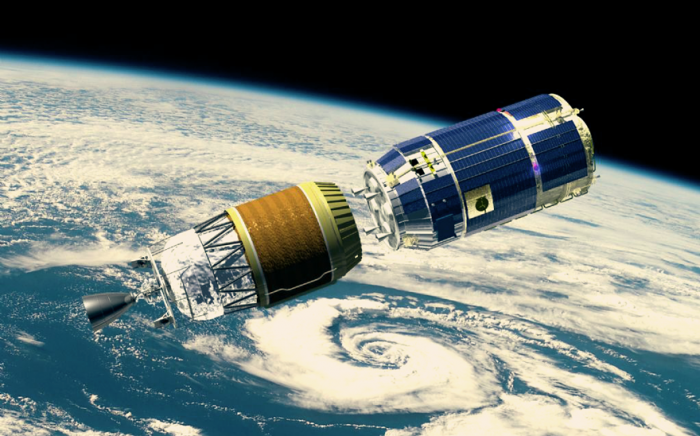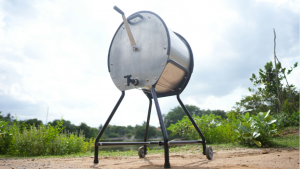
It turns out that space is not so empty anymore. Earth is surrounded by a steadily growing belt of junk – a barrier of detritus that consists of obsolete satellites, cast-off pieces of rocket and other space exploration remnants.
Ever since humanity’s very first endeavour into space in 1957 with Russia’s Sputnik satellite, we have launched tonnes of equipment into space without a plan firmly in place to get rid of the devices once their purpose is achieved or if they become outmoded.
Now, hundreds of collisions occur in space each year as millions of abandoned pieces of metal hurtle around the Earth aimlessly at speeds in excess of 17 000 km/h. This problem, incidentally, served as the chief plot driver in the award-winning film Gravity.
Recognising the danger that a surging sea of refuse poses to future space exploration projects, scientists are designing solutions to shield the astronauts and cutting-edge technology (on which we rely for telecommunications and global weather information) that must remain intact in space.
JAXA, or Japan Aerospace Exploration Agency, launched the Kounotori junk collector earlier this month. It is an experimental spacecraft that has a special feature to banish space junk – a vast “electrodynamic” tether. It is made of superfine strands of stainless steel entwined with aluminium. Kounotori’s tether was designed in collaboration with engineers from Nitto Seimo, a Japanese fishnet manufacturing company.
"The tether uses our fishnet plating technology, but it was really tough to intertwine the very thin materials," said Nitto Seimo engineer Katsuya Suzuki.
"The length of the tether this time is 700 meters, but eventually it's going to need to be 5000 to 10 000 meters long to slow down the targeted space junk," he added.
Though the tether was inspired by the function of a fishing net, the design is more like an electrified leash than a web to capture junk. The electricity that the tether will produce as it cuts through the Earth’s magnetic field is meant to have an effect on the pieces of junk that fly in orbit, slowing them down and allowing the debris to fall back to Earth. As the junk re-enters Earth’s atmosphere, friction would cause it to burn up and disintegrate into nothing.
Though Kounotori is still technically in its trial phase, a growing demand to safeguard space exploration projects against this risk of damage is hastening JAXA scientists’ research.
According to Steve Gower, general manager of the Space Environment Research Centre in Australia, “Debris hitting debris creates more debris, so you have this cascade effect and end up with so much space debris that it becomes a real danger to operational satellites and new launches. Every time we launch a satellite, we need to plan a path to avoid space junk.”
The video below shows renderings by JAXA of how Kounotori will work once it is fully developed.






